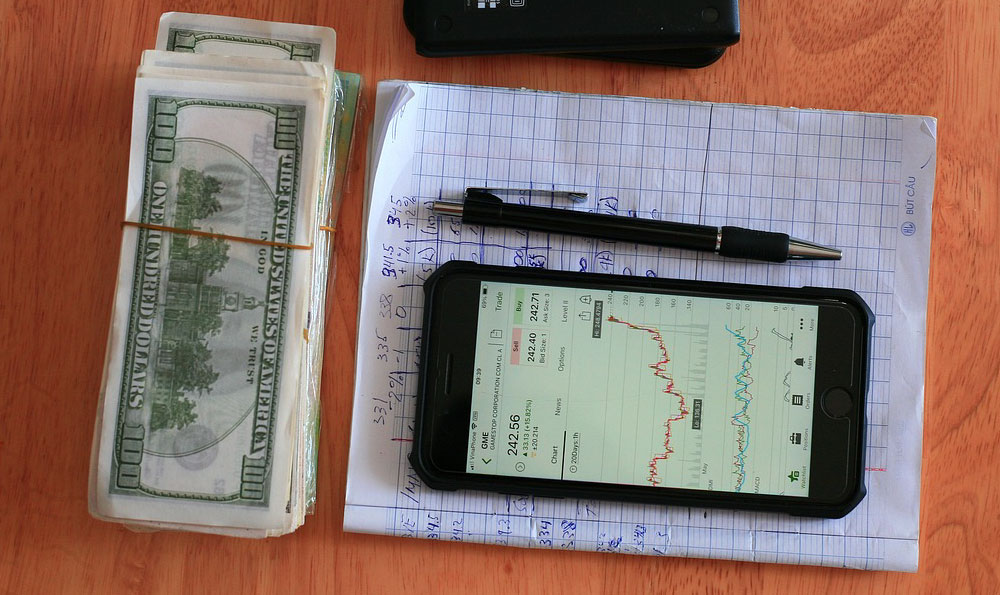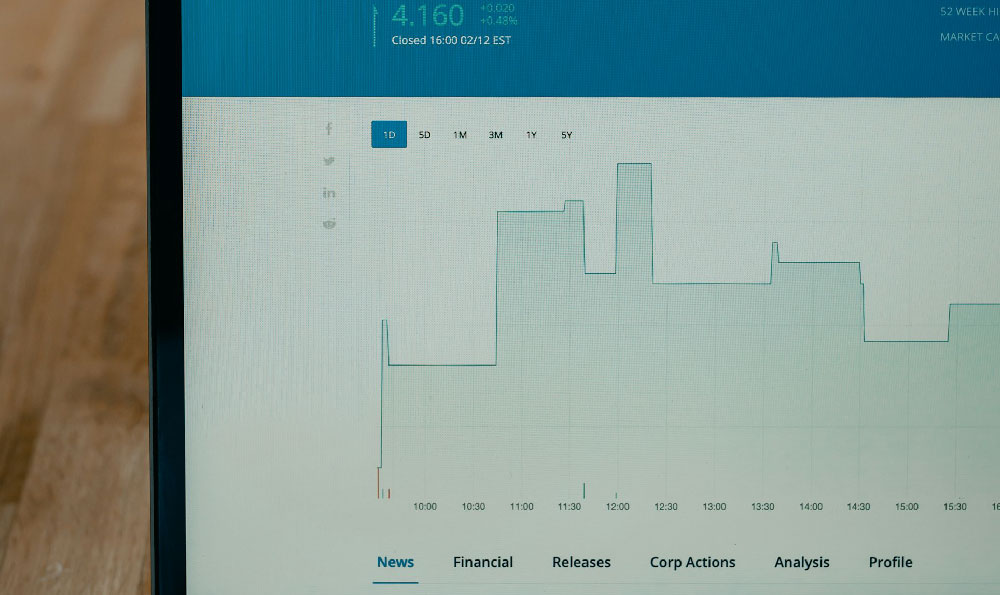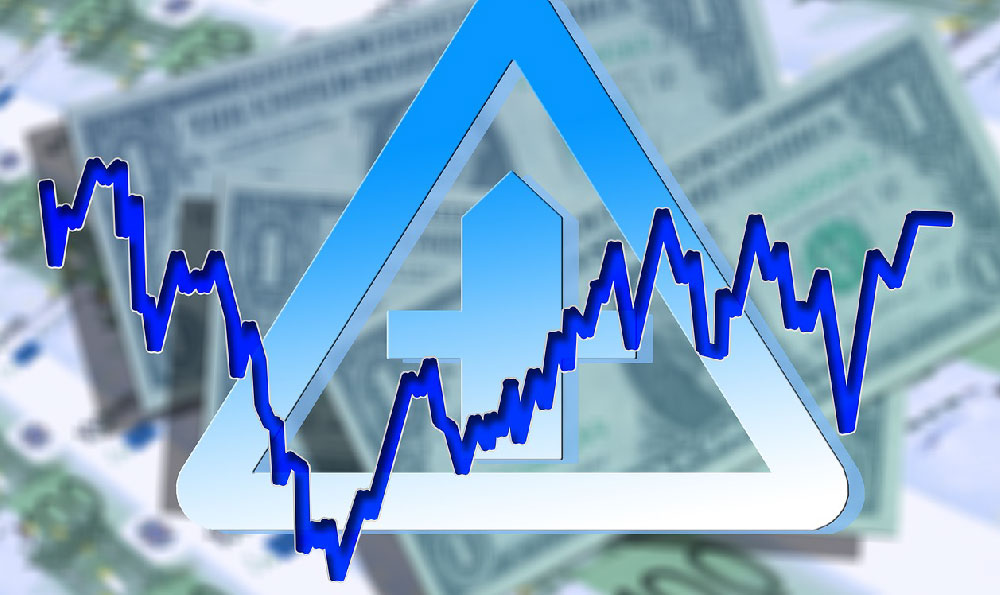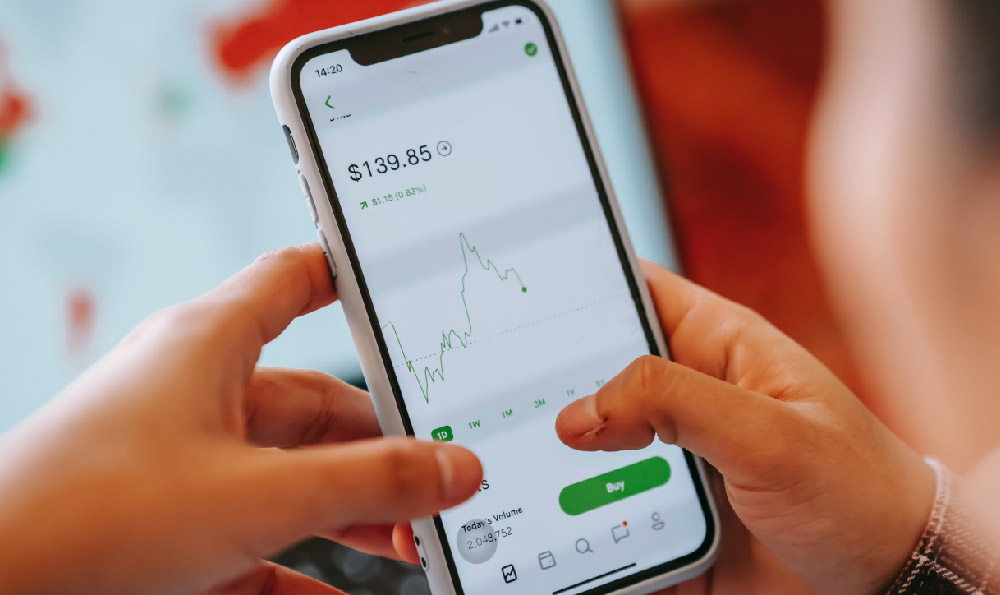The financial landscape surrounding homelessness is a complex interplay of economic instability, social factors, and systemic challenges. Understanding the average income of individuals experiencing homelessness is not merely an academic exercise but a critical insight for informed decision-making in both public policy and private investment. While traditional economic indicators often overlook this population, a nuanced analysis reveals their economic contributions and vulnerabilities, shedding light on the broader implications for wealth creation and redistribution.
Homelessness is frequently associated with destitution, yet the reality is more layered. Individuals without stable housing may engage in informal work, barter goods, or rely on social welfare programs to sustain themselves. A 2022 study by the Urban Institute highlighted that roughly one-third of homeless individuals in the U.S. reported working in the past month, though many faced barriers such as lack of access to public transportation or medical care that limited their earning potential. These findings underscore the intersection of poverty and homelessness, where income is often irregular, insubstantial, and intertwined with the struggle to meet basic needs.
The precarious nature of homeless income is exacerbated by structural inequalities. Marginalized groups, including veterans, people with mental health conditions, and those experiencing substance use disorders, often bear the brunt of housing insecurity. A 2023 report by the National Alliance to End Homelessness noted that these individuals are disproportionately represented among the homeless population, with median incomes frequently below $10,000 annually. This disparity reflects a deeper socioeconomic divide, where systemic issues such as underemployment, wage stagnation, and limited access to credit or healthcare perpetuate cycles of poverty and homelessness.

Investment in solutions to homelessness requires a multidimensional approach. Traditional financial models that prioritize profit over social impact often fail to address the root causes of poverty, such as lack of affordable housing or job training. However, emerging trends in impact investing offer a pathway to align financial returns with humanitarian goals. Organizations like the Global Impact Investing Network (GIIN) emphasize that investments in housing programs, employment initiatives, and community services can yield both measurable social outcomes and favorable financial returns.
The economic potential of addressing homelessness lies in its ripple effect across society. At a macroeconomic level, reducing homelessness can decrease public expenditures related to emergency services, healthcare, and law enforcement. A 2021 analysis by the Stanford Center on Poverty and Inequality estimated that every $1 invested in permanent housing solutions could save up to $1.50 in societal costs. This suggests that financial systems can play a proactive role in mitigating socio-economic challenges, creating a positive feedback loop where investments in social infrastructure yield long-term economic benefits.
From a microeconomic perspective, supporting homeless individuals requires a shift in how we conceptualize income and wealth. Traditional banking systems often exclude this population due to lack of credit history or collateral, but innovative financial products such as microloans, grant-based systems, and community banks are increasingly designed to meet their unique needs. For instance, microlending initiatives that provide small, interest-free loans to homeless individuals for essentials like shelter or employment can act as a catalyst for financial self-sufficiency.
The intersection of homelessness and economic policy also raises questions about the role of capital in addressing inequality. While some investors may view this population as a niche market, others see it as a pressing social issue requiring systemic intervention. Philanthropic funds and corporate social responsibility programs are beginning to prioritize homelessness as a core area of investment, recognizing that financial stability and housing access are inextricably linked. This shift underscores a growing awareness that economic solutions must be holistic, encompassing both income generation and systemic reforms.
Ultimately, the average income of a homeless person serves as a barometer for the broader economic health of society. It highlights the gaps in social safety nets and the inefficiencies of traditional financial systems. By integrating social impact metrics into investment strategies, stakeholders can develop more resilient economic models that prioritize human welfare. This approach not only addresses immediate needs but also cultivates a more inclusive and sustainable financial ecosystem.
Investors and policymakers alike are increasingly recognizing that homelessness is not an isolated issue but a reflection of larger economic disparities. Addressing this requires a combination of targeted financial interventions, policy reforms, and community engagement. By understanding the economic realities of this population, we can create more equitable systems that benefit both individuals and society as a whole.












